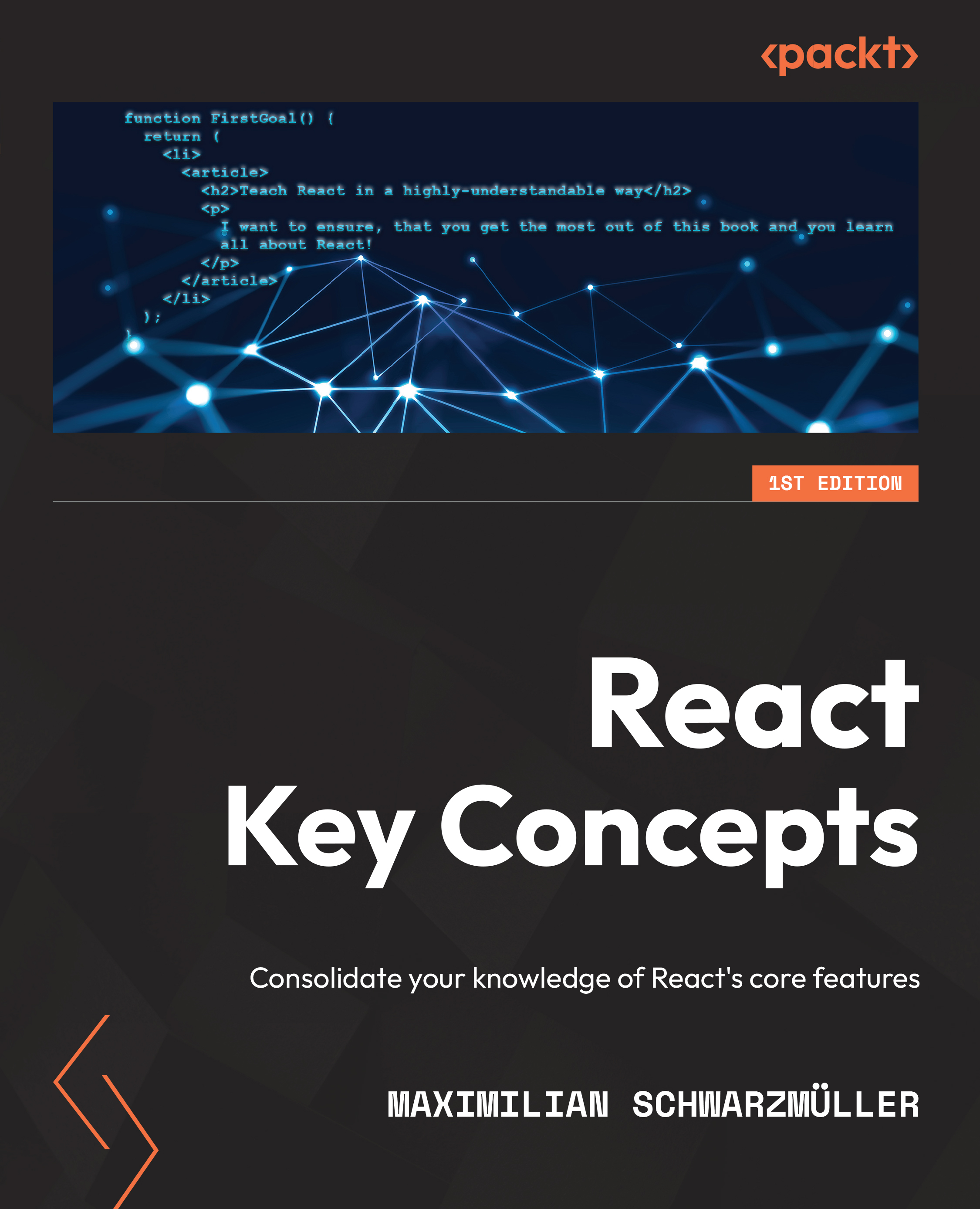React is a JavaScript library, and if you take a look at the official webpage (Official React website and documentation: https://reactjs.org), you learn that it's actually a "JavaScript library for building user interfaces".
But what does this mean?
It should be clear what JavaScript is and why you use JavaScript in the browser (React is mostly a browser-side JavaScript library). JavaScript allows you to add interactivity to your website since, with JavaScript, you can react to user events and manipulate the page after it was loaded. This is extremely valuable as it allows you to build highly interactive web user interfaces.
But what is a "library" and how does React help with "building user interfaces"?
While you can have philosophical discussions about what a library is (and how it differs from a framework), the pragmatic definition of a library is that it's a collection of functionalities that you can use in your code to achieve results that would normally require more code and work from your side. Libraries help you write better and shorter code and enable you to implement certain features more quickly. In addition, since you can focus on your "core business logic", you not only move faster but are also likely to produce better code since you don't have to reinvent the wheel for problems that have been solved before by others.
React is such a library—one that focuses on providing functionalities that help you create interactive and reactive user interfaces. Indeed, React deals with more than web interfaces (i.e. websites loaded in browsers). You can also build native mobile devices with React and React Native, which is another library that utilizes React under the hood. No matter which platform you're targeting though, creating interactive user interfaces with just JavaScript can quickly become very complex and overwhelming.
Note
The focus of this book is on React in general, and for simplicity, the focus lies on React for websites. With projects like React Native, you can also use React to build user interfaces for native mobile apps. The React concepts covered in this book still apply, no matter which target platform is chosen. But examples will focus on React for web browsers.



 Free Chapter
Free Chapter

